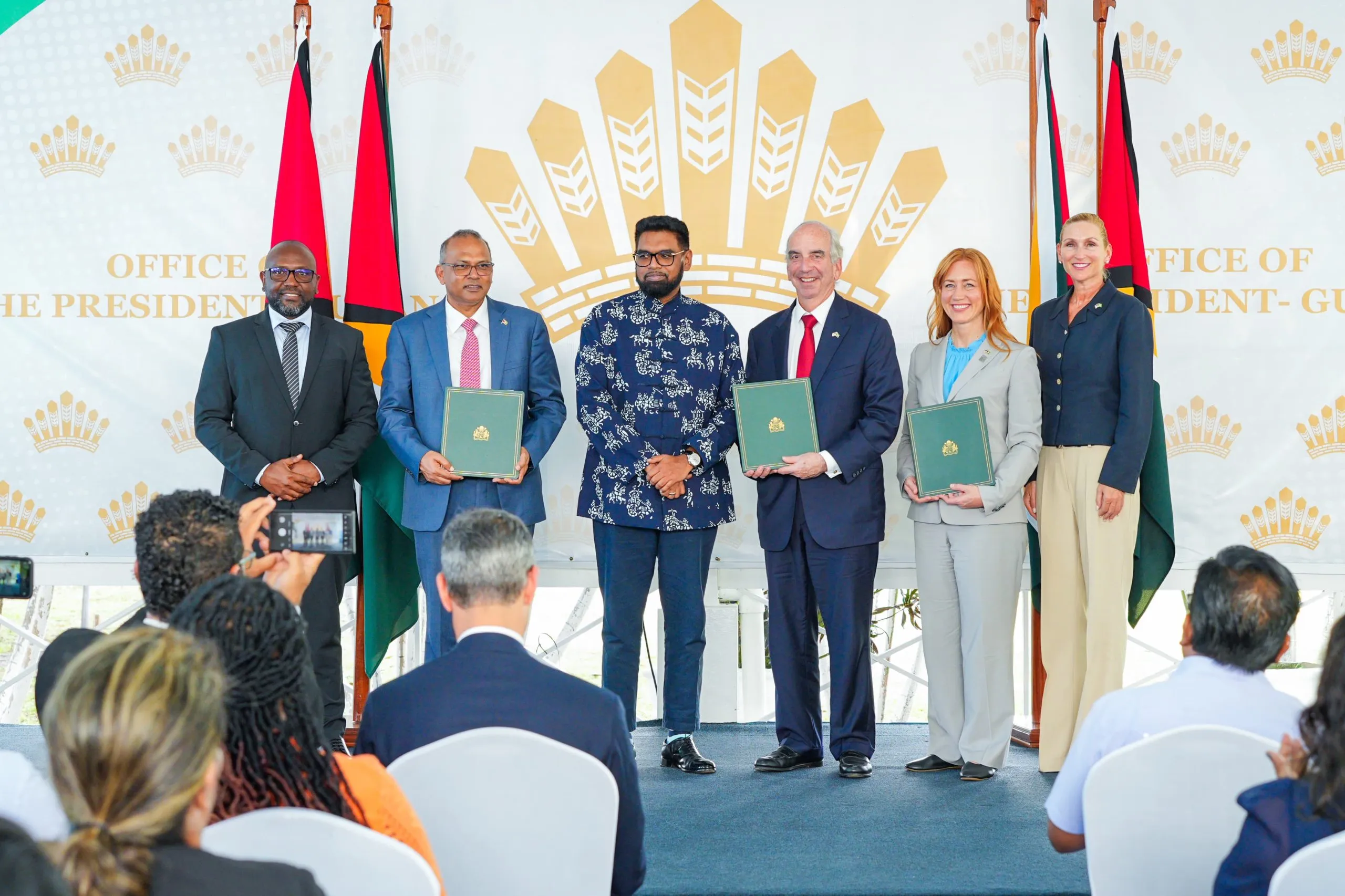Close

The Government of Guyana continues to make significant strides in delivering equitable and quality healthcare services across the country. Fulfilling its promise of “health for all,” the administration has successfully completed the construction of 12 new hospitals while upgrading several regional health centres across Regions 4, 5, and 6, positively impacting the lives of thousands in Demerara, Berbice, and Essequibo.
These healthcare infrastructure projects are part of a broader national effort to modernize Guyana’s public health system and decentralized access to critical services. In Region 4, the country’s most populous region, new health facilities were constructed to ease pressure on Georgetown Public Hospital and bring care closer to rural communities. Diamond Hospital, Cummings Lodge Smart Hospital, and upgrades to the East Bank and East Coast Demerara health centres are prime examples (DPI).
Region 5 (Mahaica-Berbice) and Region 6 (East Berbice-Corentyne) also experienced major healthcare advancements. The modern hospitals built in Mahaicony and Fort Wellington have expanded services beyond primary care to include diagnostics, maternity, and emergency services. Meanwhile, in Region 6, the New Amsterdam and Skeldon Hospitals Have been upgraded with new wings, ICU capacity, and modern diagnostic equipment (Ministry of Health Guyana).
One of the government’s most notable initiatives has been the partnership with international partners such as the Government of China and the Inter-American Development Bank (IDB), which has helped fund and support the construction of new smart hospitals under the SMART Healthcare Facilities in the Caribbean project (PAHO).
Beyond infrastructure, these developments are supported by increased training of medical personnel, digitization of patient records, and expansion of telemedicine services in rural areas. These strategic improvements are all in line with the national goal of achieving Universal Health Coverage (UHC) by 2030, as outlined in the Ministry of Health’s Strategic Plan.
The Minister of Health, emphasized that “these hospitals are not just buildings—they are centers of transformation for families who no longer need to travel long distances for quality care” (News Room Guyana).
The delivery of new hospitals and upgraded regional centres across Regions 4, 5, and 6 underscores a decisive shift from promises to action. It reflects a people-centered vision for Guyana—where healthcare is not a privilege, but a fundamental right, and where progress means access, dignity, and lives saved.

The Guyana Project is an independent media platform delivering fact-checked, ground-level reporting on politics, economy, and public life in Guyana. With a focus on transparency and development, we bring unfiltered news and thoughtful analysis to help shape a more informed, forward-looking nation.


Lorem Ipsum is simply dummy text of the printing and typesetting industry. Lorem Ipsum has been the industry’s standard dummy text ever since the 1500s, when an unknown printer took a galley of type and scrambled it to make a type specimen book. It has survived not only five centuries, but also the leap into electronic typesetting, remaining essentially unchanged. It was popularised in the 1960s with the release of Letraset sheets containing Lorem Ipsum passages, and more recently with desktop publishing software like Aldus PageMaker including versions of Lorem Ipsum.
t is a long established fact that a reader will be distracted by the readable content of a page when looking at its layout. The point of using Lorem Ipsum is that it has a more-or-less normal distribution of letters, as opposed to using ‘Content here, content here’, making it look like readable English. Many desktop publishing packages and web page editors now use Lorem Ipsum as their default model text, and a search for ‘lorem ipsum’ will uncover many web sites still in their infancy. Various versions have evolved over the years, sometimes by accident, sometimes on purpose (injected humour and the like).
Contrary to popular belief, Lorem Ipsum is not simply random text. It has roots in a piece of classical Latin literature from 45 BC, making it over 2000 years old. Richard McClintock, a Latin professor at Hampden-Sydney College in Virginia, looked up one of the more obscure Latin words, consectetur, from a Lorem Ipsum passage, and going through the cites of the word in classical literature, discovered the undoubtable source. Lorem Ipsum comes from sections 1.10.32 and 1.10.33 of “de Finibus Bonorum et Malorum” (The Extremes of Good and Evil) by Cicero, written in 45 BC. This book is a treatise on the theory of ethics, very popular during the Renaissance. The first line of Lorem Ipsum, “Lorem ipsum dolor sit amet..”, comes from a line in section 1.10.32.